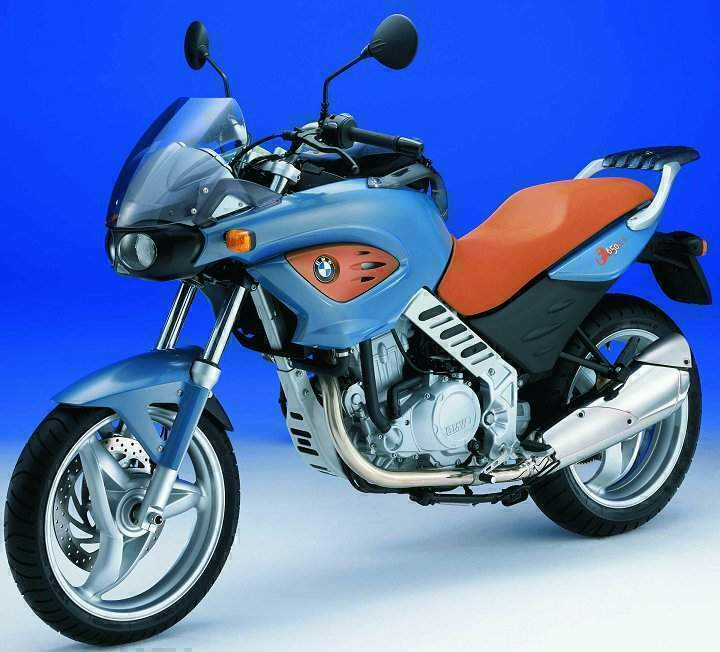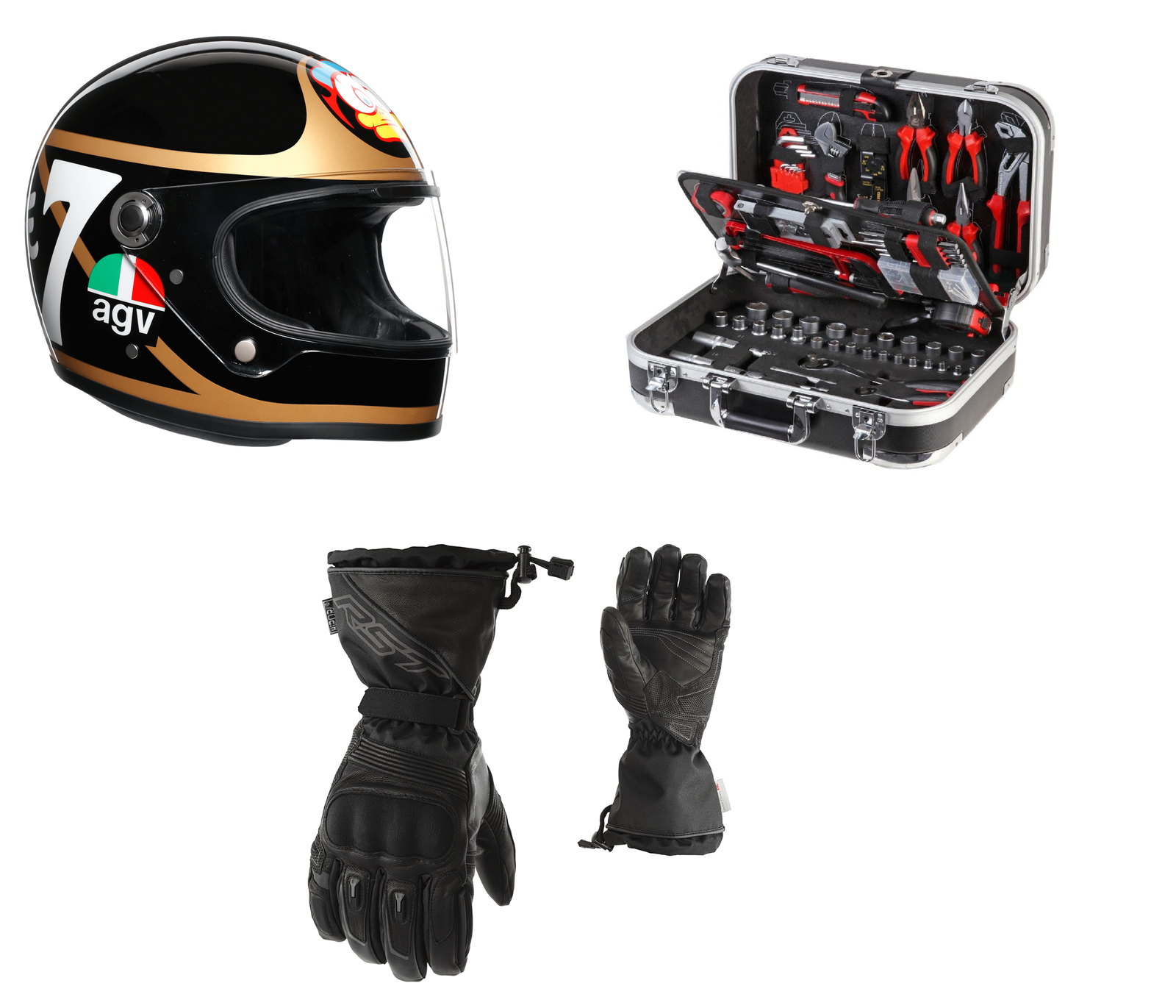Why the Triumph Street Triple RS 765 really is a GP motorcycle for the road
With its 765cc three-cylinder engine, the Triumph Street Triple RS may well be the closest thing you can get to owning a road-going GP machine
.jpg?width=1600&aspect_ratio=16:9)
Once upon a time the automotive purist would gain kudos down the pub by touting the engine in their new motor; the size of the cc, how many cylinders it had, the power it packed, how quickly it’d reach 0-60…
Nowadays, cars have smaller engines for efficiency, everyday Golfs have equipped a supercharger for - shudder - better fuel economy and even F1 cars now have been reduced to a modest sounding ‘V6’ power unit.
However, for the average biker, the engine - as the predominant physical feature of what makes a motorcycle - is still something to boast about to your mates and when it comes to engines that have become signature staples of a machine’s identity, there is nothing more synonymous than the Triumph triples.
A philosophy that can trace its roots right back to the 1960s and popularised by its use in the original Triumph Trident, the nameplate is being revived as we speak. Anchoring the British marque’s entry point into triple-cylinder offerings, the inline-triple can be found across a series of Triumph machines, going right up to the recently launched limited edition farewell (for now…) Daytona 765 Moto2.
In between we then have the Triumph Street Triple RS, which features the aforementioned Daytona’s 765cc triple-cylinder engine. Better still, it’s a proper party piece because it hasn’t been developed ‘just’ for us mere mortals, it has been fettled and tweaked for its use as the spec-engine in the Moto2 World Championship.
It’s not exactly the most popularist way to approach engineering and Triumph is the only manufacturer to mass-produce models predominantly offering triple-cylinder engines.
Yamaha dabbles and MV Agusta has its share of triple-bangers, but if you’re after an everyday investment and have your heart set on a triple engine, Triumph is the way to go.
.jpg?width=1600)
Why choose a triple-cylinder engine?
For much of the 20th century there were just a few engine configurations, lumpy and wheezing single-cylinder machines, old-school British parallel twins, and Japanese four-cylinder machines. The singles were all the torque at low revs, and they quickly ran out of breath. Twin cylinder engines were much better, with a broader spread of torque although they couldn’t match the screaming top end of Japanese four-cylinder machines.
And that’s where the original Triumph Trident came in. Not only was the Trident an entry point into ownership of the British icon, the engine proved to be a best of both worlds configuration, offering the torque and pick up of a twin-cylinder but with the top-end of a four-cylinder, all backed up by the now synonymous Hinckley triple soundtrack.
Modern technology has come on leaps and bounds to the extent that twin, three and four-cylinder engines are generally good quality units, with good quality engines of differing configurations but similar capacities providing similar oomph and returns statistically.
And yet, there is something eye-catching - or rather ear-catching - about a triple in that makes you want to boast about it all that bit more. Audibly the engine has a unique tone, while many point out they are a smoother option when riding.
It’s a quality that has served it well on track too because while riders in Moto2 won’t necessarily be admiring the throaty charm of their units, it certainly makes spectators sit up and take notice…
Tweaked earlier this year, the latest generation Triumph Street Triple RS gets more of that racing blood coursing through its metallic veins with the engineers working on the engine that powers a grid of Moto2 machines also lending their more sporting-focused know-how into a model available today..
In short, the Triumph Street Triple RS gives the impression of a racer’s heart in a toned body dressed in a smart shirt and suit. Top button undone though, no tie…
Power rose 9% under the latest update lifting the power output to 122bhp, with 79Nm torque now delivered at a punchy 9,350rpm.
In practice, that mid-range shove is a nice juicy wedge that you can really get stuck into and has done the Triumph Street Triple RS the service of making it brisk and eager whether you’re popping to the shops or blasting it around Brands Hatch.
.jpg?width=1600)
Developed by riders to be developed for racers
The new Triumph Street Triple RS 765 may have that Moto2 edge, but the engine powering Sam Lowes towards the head of the Moto2 World Championship started life in the roadgoing range originally.
Indeed, while many customer engines are either loosely based on an existing powerplant or developed from scratch, the 765cc inline-triple underwent surprisingly few changes when it came to giving a racing persona before coming full circle and giving the Street Triple RS a fresh boost.
Making its debut as the spec-Moto2 engine from 2019, while introducing new engines has in the past been something of a lottery for other manufacturers when it comes to ensuring they remain equal - in terms of performance and reliability - across an entire grid of entries, the Triumph 765 Moto2 era has been a seamless transition.
Moreover, it quickly won praise from those who had competed with the erstwhile Honda inline-4, with even one Valentino Rossi offering his two-cents, praising Triumph for the way it has convinced him road-to-race engines are very convincing.
“I remember at the beginning of the Moto2 era, everybody was very, very scared and very angry because it is a road bike [engine]," Rossi told our sister publication Crash.net in 2019. "It is not good to prepare for MotoGP. The races are always funny to watch and especially with the last step with the Triumph engine and also with more electronics, I think that is a very good bike to prepare for MotoGP.”
If you want praise from anyone in MotoGP, Valentino Rossi is exactly who you want flying your flag, but even Marc Marquez and Cal Crutchlow - who race for Honda - have come out as pro-Triumph.
“I speak with my brother and some Moto2 riders and they say that [the Triumph] is more like a racing engine,” said six-time MotoGP Marquez..
“The good thing is if the British riders have a shit race, at least the engine is going to win. So there’s going to be a British winner,” adds Crutchlow in his typically candid manner.”
.jpg?width=1600)
‘The Triumph engine is so much better to ride’
For homegrown talent Jake Dixon, one of the star performers during the most recent rounds of Moto2 and former Triumph factory rider in the British Supersport Championship, the Triumph 765cc engine is, well, a triumph for the series.
“I feel like the Triumph engine is actually so much better to ride and so much more enjoyable as well because there is so much more power,” the Petronas Sprinta rider told Visordown. “With the less power engine, it’s not so much enjoyable, but I feel like the bigger the bike, especially myself, the bigger the bike, the more power you give me, the more I can enjoy it.”
Throw in the challenge of developing so many identical engines that in a sense need to remove any issues of reliability because they must all be fair in reaching the finish line, Dixon says it has made such a difference since the switch from Honda.
“They’re bulletproof aren’t they? As you’ve seen, I don’t think they’ve had anything go wrong - and that is a massive thing! That’s what Triumph pride themselves on you know, the bikes being so reliable and being so bulletproof.
“It’s such a big thing because coming into World Championships the levels of riders are so high and obviously each rider is so different, so the engine’s under so many different stresses, but it doesn’t go wrong.”
If you’re in the market for a sporty naked, its rivals may have tenuous links to superbikes but given the GP paddock is where it is at in sporting terms, the Triumph Street Triple RS 765 is genuinely the closest relative to riding a grand prix machine on sale today...

